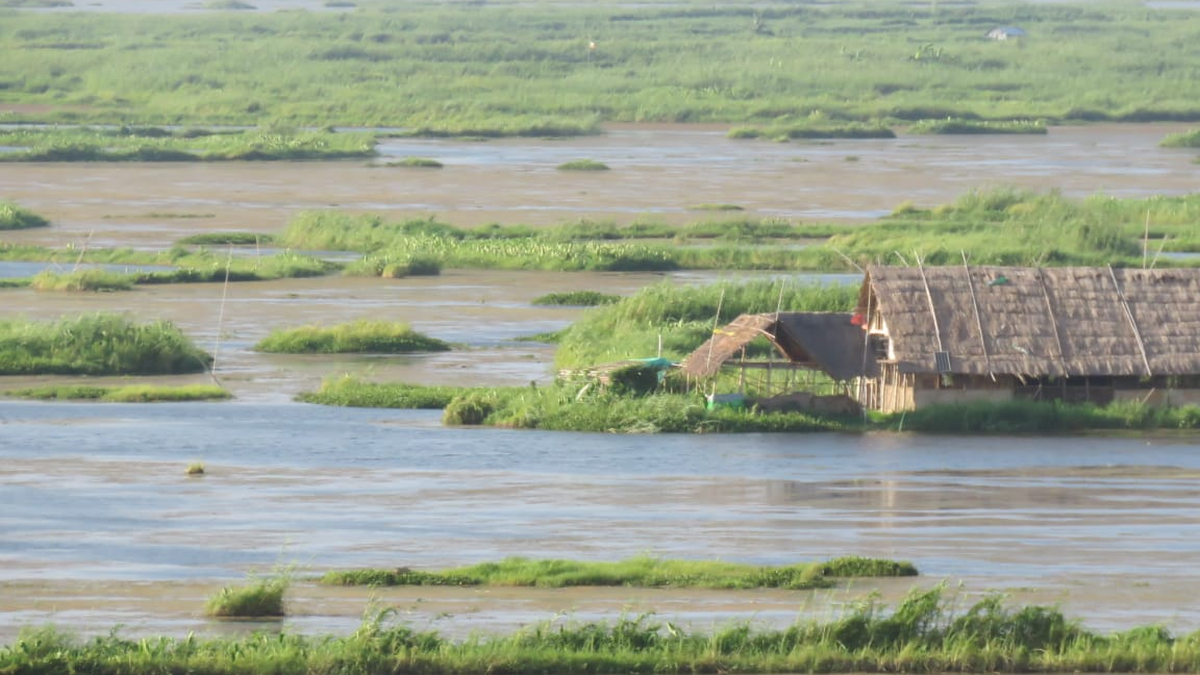Home / Environment / Nagaland Study Flags Pollution Threat to Manipur's Iconic Loktak Lake
Nagaland Study Flags Pollution Threat to Manipur's Iconic Loktak Lake
27 Oct
Summary
- Loktak Lake, a Ramsar Site, faces deteriorating water quality
- Agricultural runoff, settlements, and shifting cultivation are key culprits
- Nambul River identified as the most polluted, impacting lake's biodiversity

A study conducted by Nagaland University has uncovered pressing environmental concerns for Manipur's Loktak Lake, a freshwater ecosystem known for its floating biomass called phumdi. The lake, which is home to the rare brow-antlered deer and a designated Ramsar Site, is facing deteriorating water quality due to changes in land use upstream.
The study, led by Eliza Khwairakpam, found that agricultural activities, human settlements, and shifting cultivation in the lake's catchment area are directly impacting the water quality of the rivers that feed into Loktak. The Nambul River was identified as the most polluted, with low oxygen levels and high organic contamination linked to the extensive agricultural and settlement areas in its sub-catchment.
The researchers also noted that the Khuga River, despite having a higher forest cover, showed the second-poorest water quality due to the prevalence of shifting cultivation in the region. In contrast, rivers like Iril and Thoubal, which flow through more forested landscapes, displayed better water quality, highlighting the protective role of natural vegetation.
Loktak Lake is a crucial ecosystem, supporting hydropower, fisheries, transport, and tourism. However, the study warns that reduced fish populations, rising pollution levels, and increased sedimentation have now become growing concerns for the lake's biodiversity and the livelihoods of the local communities.
The findings underscore the need for stricter control of agricultural runoff and waste discharge, as well as community-based land management, to restore the ecological balance of this important wetland.




